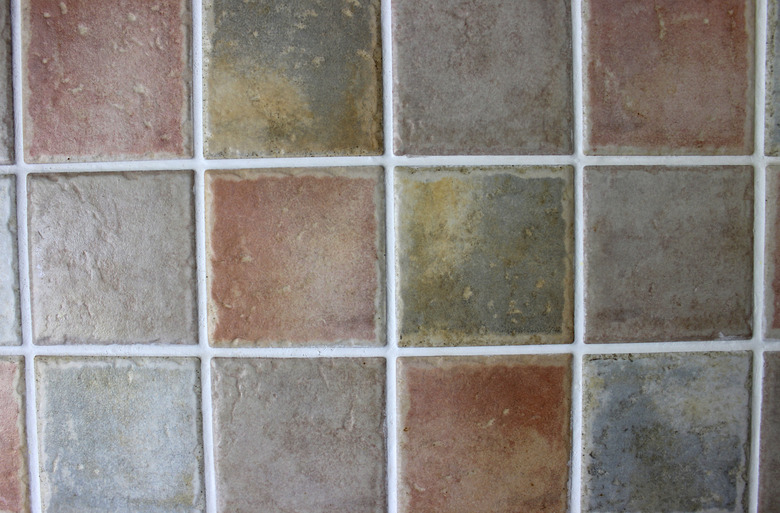How To Measure Area
You can find the area of any 2-D shape by using simple algebraic formulas. The actual formula will differ, depending on the type of shape. Once you know how to find the area of basic shapes, you can apply these formulas when you need to find the area of more complex polygons.
Area of a Square, Rectangle and Irregular Polygon
Area of a Square, Rectangle and Irregular Polygon
Area of a Square
You can find the area of a square with the formula, side A x side B, or A^2. For example, if the length of each side is 5, the equation would be 5x5, or 5^2. Therefore, the total area would be 25.
Area of a Rectangle
You can find the area of a rectangle with the formula, length x width, or l x w. For example, the equation for a rectangle with a length of 6 and width of 8 would be 6x8. Therefore, the area would be 48.
Area of an Irregular Polygon
For irregular polygons, such as two adjoining rectangles or an L-shaped polygon, you can find the area of each shape individually and then add them. For example, the area of an L-shaped polygon — in which the area of one rectangle is 5x3 and the other is 9x2 — would be 5x3 + 9x2 or 15+18= 33. Therefore, the total area of the polygon would be 33.
Area of a Triangle
Area of a Triangle
You can find the area of a triangle by using the formula base x height / 2. For example, the area of a triangle with a base of 10 and a height of 7 would be 10x7 / 2. Therefore, the total area would be 35.
Area of a Circle
Area of a Circle
You can find the area of a circle by using the formula pi x radius^2, or pi x r^2. For example, the area of a circle with a radius of 3 would be 3.142 x 3^2. Therefore, the total area would be approximately 28.28.
References
Cite This Article
MLA
Walcott, Kat. "How To Measure Area" sciencing.com, https://www.sciencing.com/measure-area-2297336/. 24 April 2017.
APA
Walcott, Kat. (2017, April 24). How To Measure Area. sciencing.com. Retrieved from https://www.sciencing.com/measure-area-2297336/
Chicago
Walcott, Kat. How To Measure Area last modified March 24, 2022. https://www.sciencing.com/measure-area-2297336/
